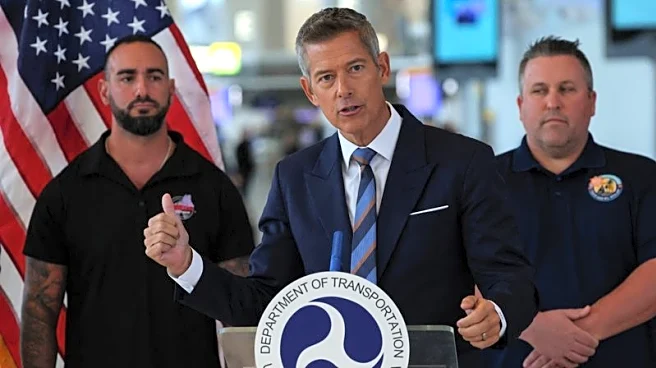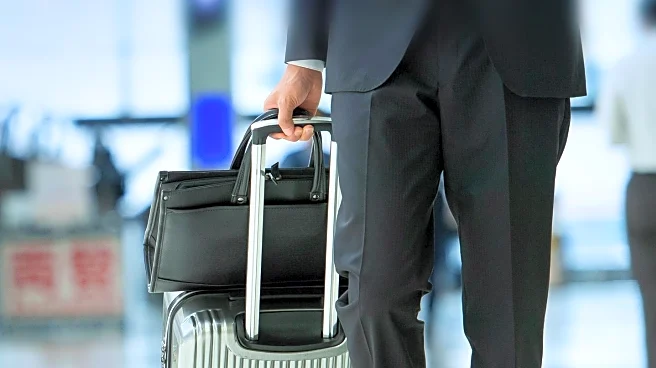What's Happening?
A recent study commissioned by the green group Transport & Environment (T&E) reveals that aviation demand is primarily influenced by airline strategies and travel trends rather than national aviation taxes and fees. The study analyzed data from 101 European
airports and found a weak correlation between location-based costs and passenger volumes. Despite high costs, airports like Heathrow maintain high passenger numbers, suggesting that strategic decisions by airlines and market trends play a more significant role in determining passenger demand. The study also highlights a shift in travel behavior, with leisure travel increasing and business travel declining post-COVID pandemic.
Why It's Important?
The findings challenge the narrative that reducing aviation taxes and fees would significantly boost passenger numbers. Instead, the study suggests that airlines' strategic decisions and evolving travel trends are more critical factors. This insight is crucial for policymakers considering adjustments to aviation levies, as cutting taxes might not lead to increased demand but could reduce public revenue. The study advocates for maintaining or even increasing taxes on more climate-damaging tickets, such as first-class and long-haul flights, to reflect economic externalities and support sustainable aviation fuel investments.
What's Next?
T&E recommends that national governments avoid reducing aviation levies, as this would not significantly impact passenger numbers but would decrease public revenue. The study suggests that higher taxes on environmentally harmful flights could be a more effective demand management tool. Policymakers may need to consider these findings when designing future aviation tax policies, balancing economic and environmental objectives.
Beyond the Headlines
The study underscores the importance of strategic airline decisions and market trends over simplistic cost-based explanations for passenger demand. It highlights the need for a nuanced approach to aviation taxation that considers broader economic and environmental impacts. This could lead to a shift in how governments approach aviation policy, prioritizing sustainable practices over short-term economic gains.














